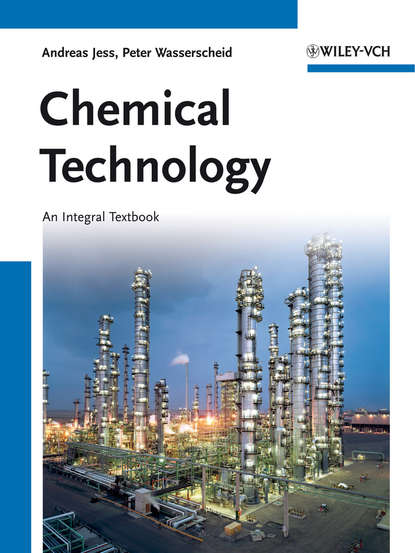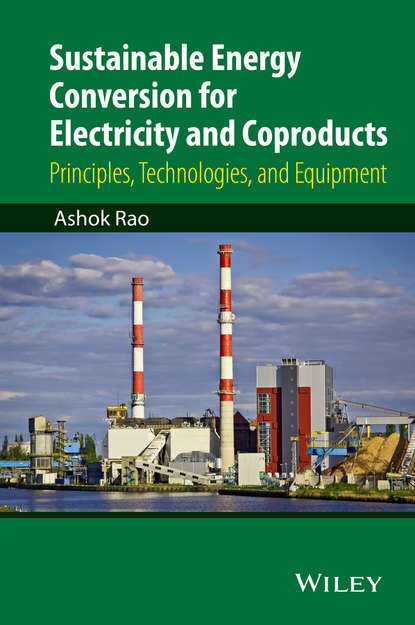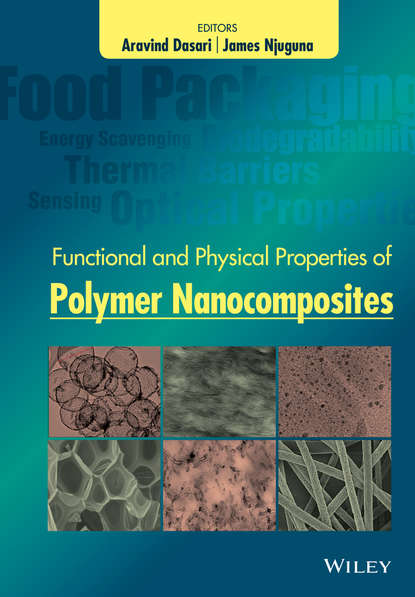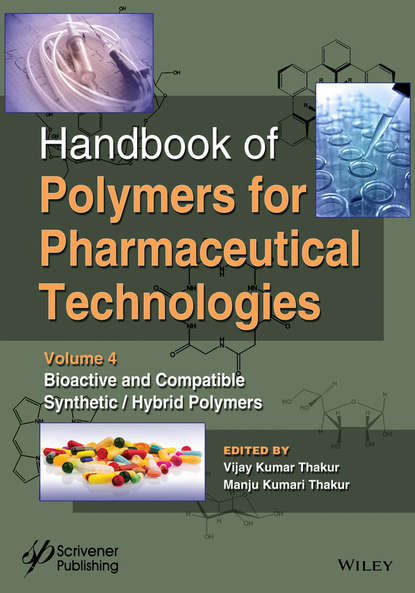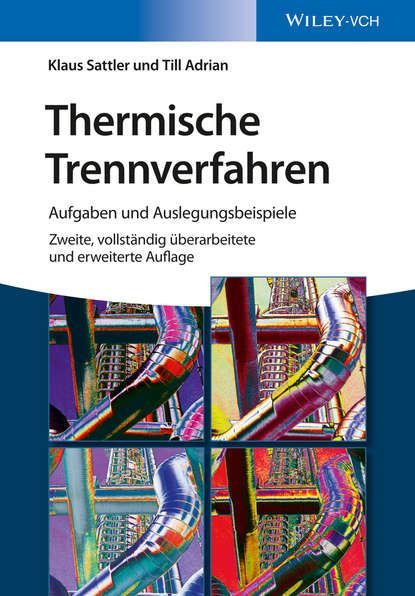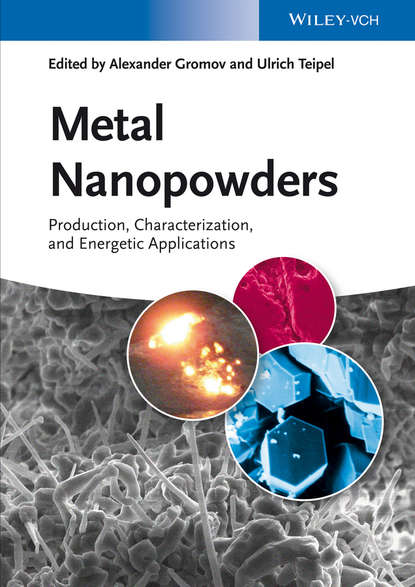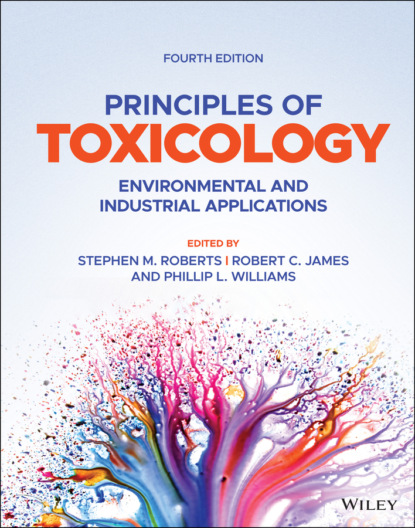Эта учебная книга представляет собой комплексный подход к проблемам, связанным с промышленностью, и предназначена для студентов химии и химического инженерного дела. Работа объединяет четыре дисциплины химической технологии - химию, термические и механические операции, инженерию химических реакций и общую химическую технологию - и разделена на две основные части. Первая часть охватывает основы, анализ и проектирование промышленных процессов, а вторая часть представляет 20 конкретных процессов, демонстрирующих прикладной характер химической технологии. Они выбраны таким образом, чтобы различаться по какому-либо важному аспекту, такому как тип и конструкция реактора, химия, используемая в процессе или методы разделения. В результате читатели смогут углубить знания в области химии и инженерии, а также научиться применять их на практике. Инструктивные иллюстрации, правила быстрого, но надежного оценивания параметров, данные о химических средах и примеры, использующие данные из промышленных процессов, облегчают и улучшают процесс изучения. Небольшой обзор современных тенденций, таких как многофункциональные и микро-реакторы или новые растворители для гомогенной катализа, такие как ионные жидкости, указывают читателю, что это не законченная дисциплина, а развивающаяся область с множеством задач, которые нужно решить.
Электронная Книга «Chemical Technology» написана автором Andreas Jess в году.
Минимальный возраст читателя: 0
Язык: Английский
ISBN: 9783527670628
Описание книги от Andreas Jess
This textbook provides an integral and integrated treatment of industrial-relevant problems for students of both chemistry and chemical engineering. As such, this work combines the four disciplines of chemical technology – chemistry, thermal and mechanical unit operations, chemical reaction engineering and general chemical technology – and is organized into two main parts. The first covers the fundamentals, as well as the analysis and design of industrial processes, while the second section presents 20 concrete processes, exemplifying the inherent applied nature of chemical technology. These are selected so that they all differ with respect to at least one important aspect, such as the type and design of the reactor, the chemistry involved or the separation process used. As a result, readers will recapitulate, deepen and exercise the chemical and engineering principles and their interplay, as well as being able to apply them to industrial practice. Instructive figures, rules of thumb for swift but reliable estimating of parameters, data of chemical media, and examples utilizing data from industrial processes facilitate and enhance the study process. A small general survey of selected modern trends, such as multifunctional and micro reactors, or new solvents for homogeneous catalysis, such as ionic liquids, point out to the reader that this is not a concluded discipline, but a developing field with many challenges waiting to be solved.
